Archaeology & History
The Hunt: The Mysterious Fate of the Florentine Diamond
The 137-carat diamond cycled through a who’s who of European nobility before disappearing entirely.
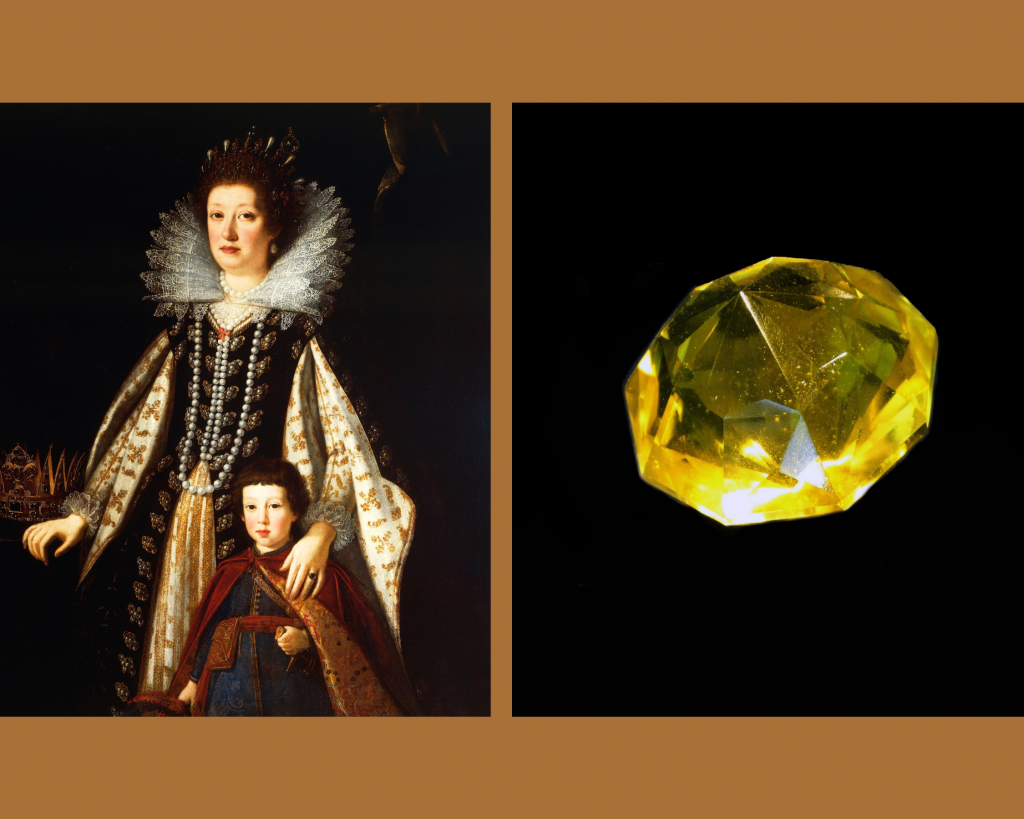
Charles the Bold, Duke of Burgundy, was infamous for his eccentricity. Driven by a quixotic obsession with chivalry, he spent much of his reign waging wars, and would ride out into battle wearing elaborate, flamboyant armor that, if not quite practical, certainly intimidated his enemies.
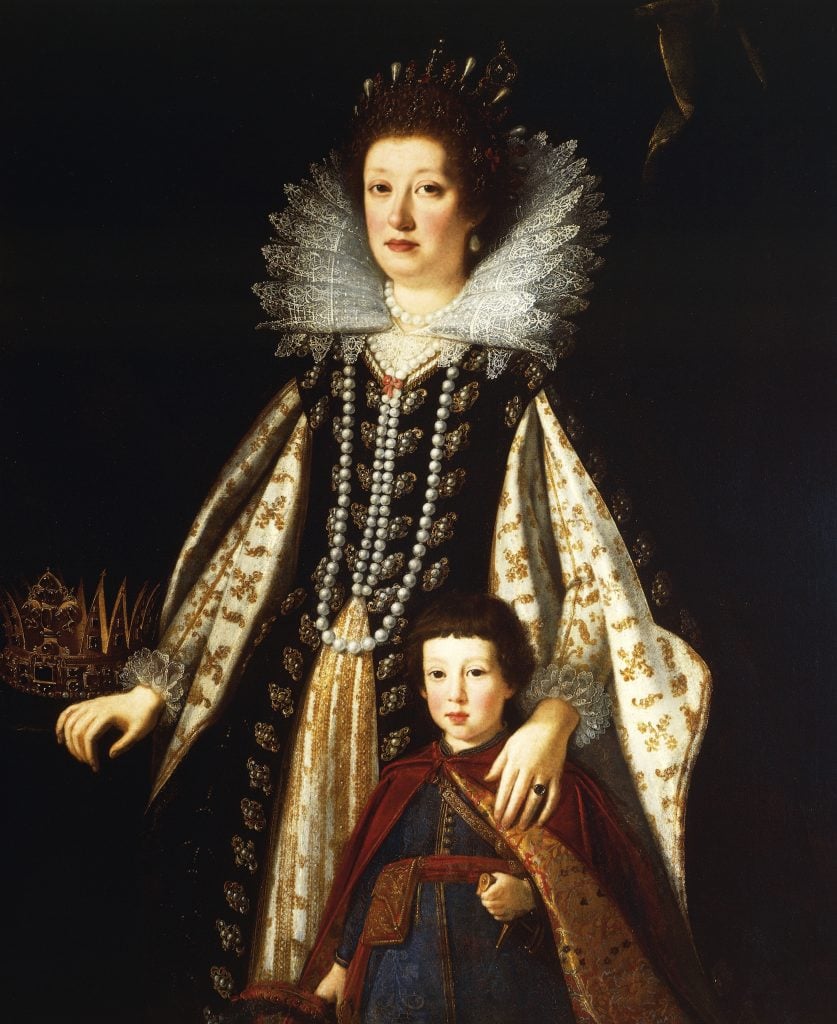
Justus Sustermans, Portrait of Archduchess Maria Maddalena of Austria with Her Son Ferdinand II (ca. 1623). Photo: DeAgostini/Getty Images.
Crowning this getup was one of his most treasured possessions, a 137.27-carat diamond now known as the Florentine Diamond. Although the duke might have believed the heirloom protected him from harm, it did not save his life during the fateful Battle of Nancy in 1477, when Swiss soldiers pulled him off his horse and fatally wounded him.
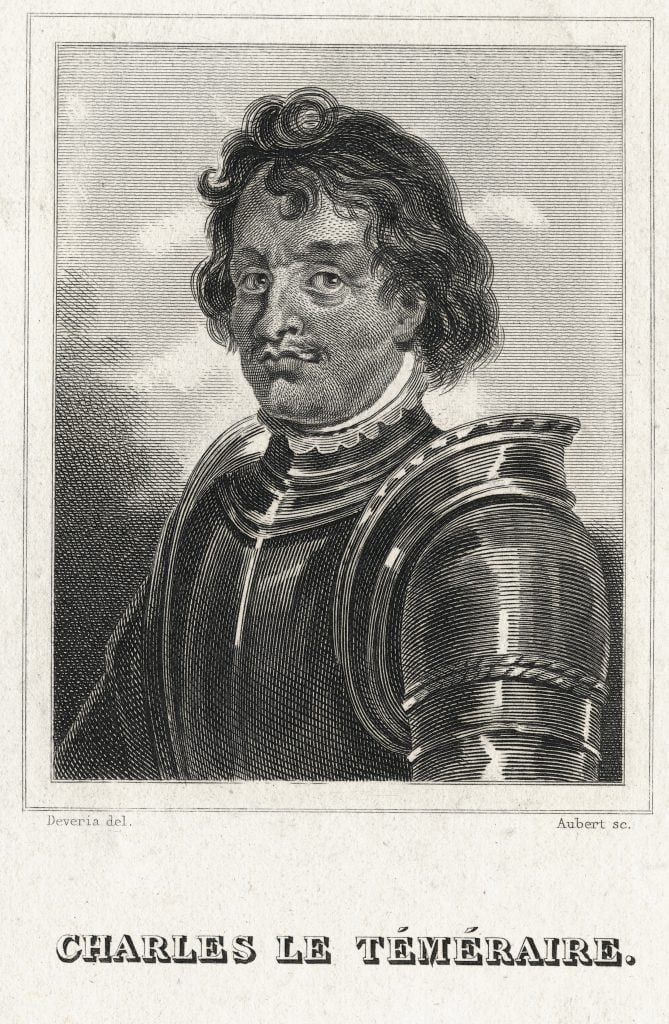
Undated engraving of Charles the Bold, the Duke of Burgundy. Photo: Bettmann / Getty Images.
While the death of Charles the Bold was well-documented, the ultimate fate of the Florentine Diamond—which passed through a who’s who of European nobility before disappearing after World War I—remains a mystery. A $700,000 to $750,000 mystery, according to estimations of the gemstone’s current value.
Like many historical artifacts, there are multiple theories of what happened to the Florentine Diamond. One version of events claims that the diamond, which is likely of Indian origin, ended up in Europe when Portuguese traders acquired it from a local ruler in the region of Vijayanagar.
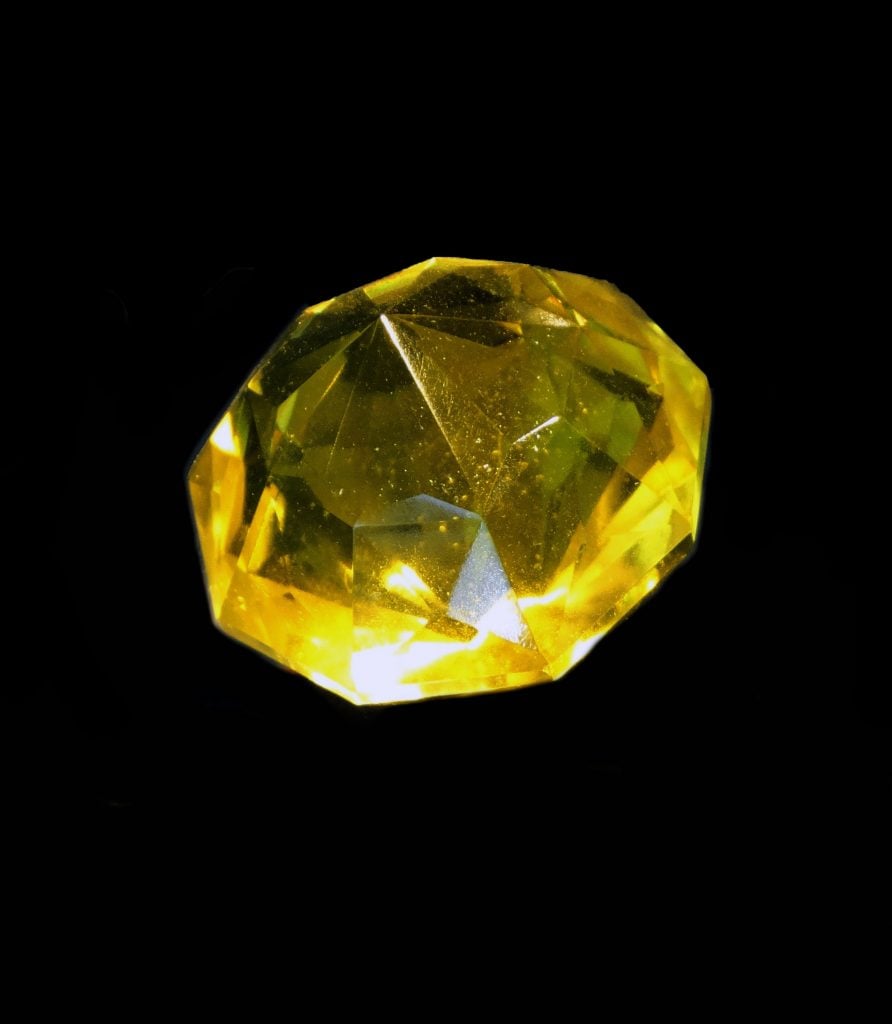
Glass replica of the yellow Florentine Diamond, 2014. Photo: Universal History Archive/Universal Images Group via Getty Images.
After the death of Charles the Bold, the diamond seems to have ended up in the hands of the Medicis, a family of bankers, merchants, and art patrons that ruled the Republic of Florence from around 1430 to 1737. Maria Maddalena of Austria, the wife of Medici patriarch Cosimo II, allegedly enjoyed showing off the gemstone at court, and is believed to have worn it as a pendant while posing for Justus Sustermans’s painting, Portrait of Maria Maddalena of Austria and her son Ferdinando, completed around 1623.
The diamond stayed in the possession of the Medicis until at least 1657, when Jean Baptiste Tavernier, a traveler and gem merchant from France, saw it in the collection of Ferdinando II de’ Medici, the Grand Duke of Tuscany.
When the Medici family line went extinct in 1737 after Gian Gastone de’ Medici passed away without leaving a male heir, the Florentine Diamond came into the possession of another Tuscan Grand Duke, Francis I, godfather of King Henry IV of France, followed by Maria Theresa, the Archduchess of Austria, Holy Roman Empress, and mother of Marie Antoinette.
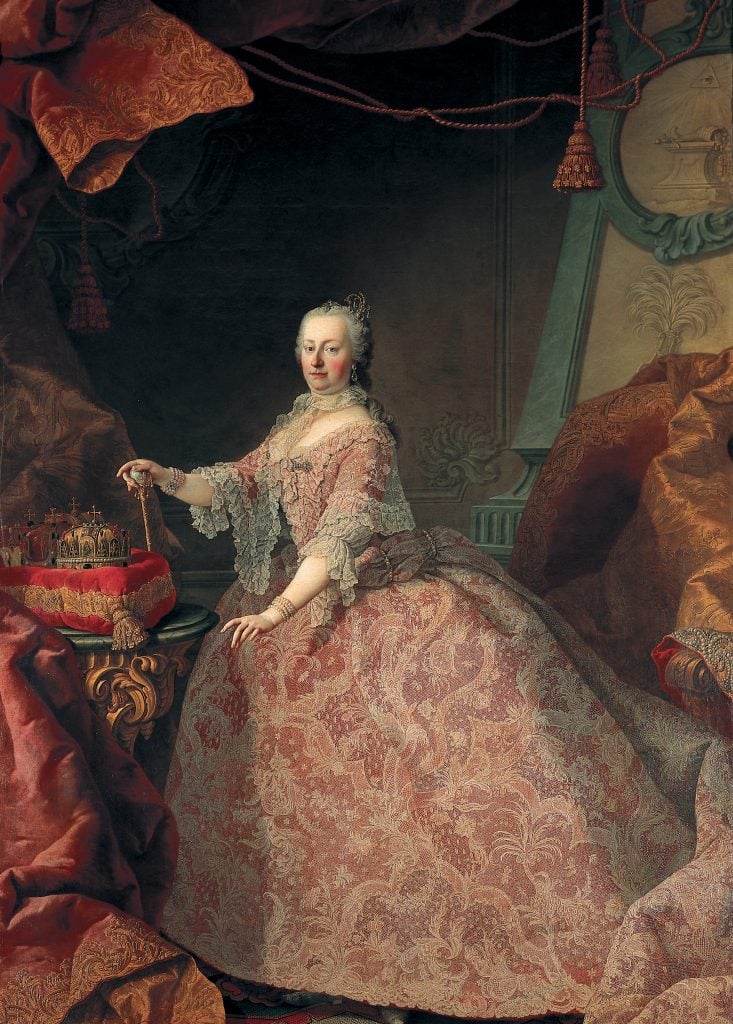
Gemaelde von Martin van Meytens, Empress Maria Theresa (c. 1752). Photo: Imagno/Getty Images.
Maria Theresa took the Florentine Diamond out of Italy to her native Vienna, where it went on display at the Hofburg Palace alongside other crown jewels of the Hapsburgs. During the mid-19th century, a reporter from the London-based The Lady’s Newspaper described seeing the Florentine Diamond, which at the time was valued at 1,043,334 florins or $133,654 when adjusted for inflation.
When the Austro-Hungarian Empire collapsed at the end of the First World War, the surviving Hapsburgs smuggled both themselves and their jewelry into Switzerland. According to research by the New York Times, Swiss reports said the children of emperor Charles I entered Switzerland with the Florentine Diamond, then worth 25,000,000 Swiss francs, in tow.
What happened to the diamond after its arrival in Switzerland remains unknown. One theory holds that the Hapsburgs, much like the Romanovs following the Russian Revolution, sold the diamond and other possessions for cash, after which it was cut up and sold to unknown buyers.
A more hopeful but less likely hypothesis holds that the Florentine Diamond wasn’t sold at all, but given to a Hapsburg servant who took it to South America, and that it’s still out there—somewhere.
The Hunt explores art and ancient relics that are—alas!—lost to time. From the Ark of the Covenant to Cleopatra’s tomb, these legendary treasures have long captured the imaginations of historians and archaeologists, even if they remain buried under layers of sand, stone, and history.





